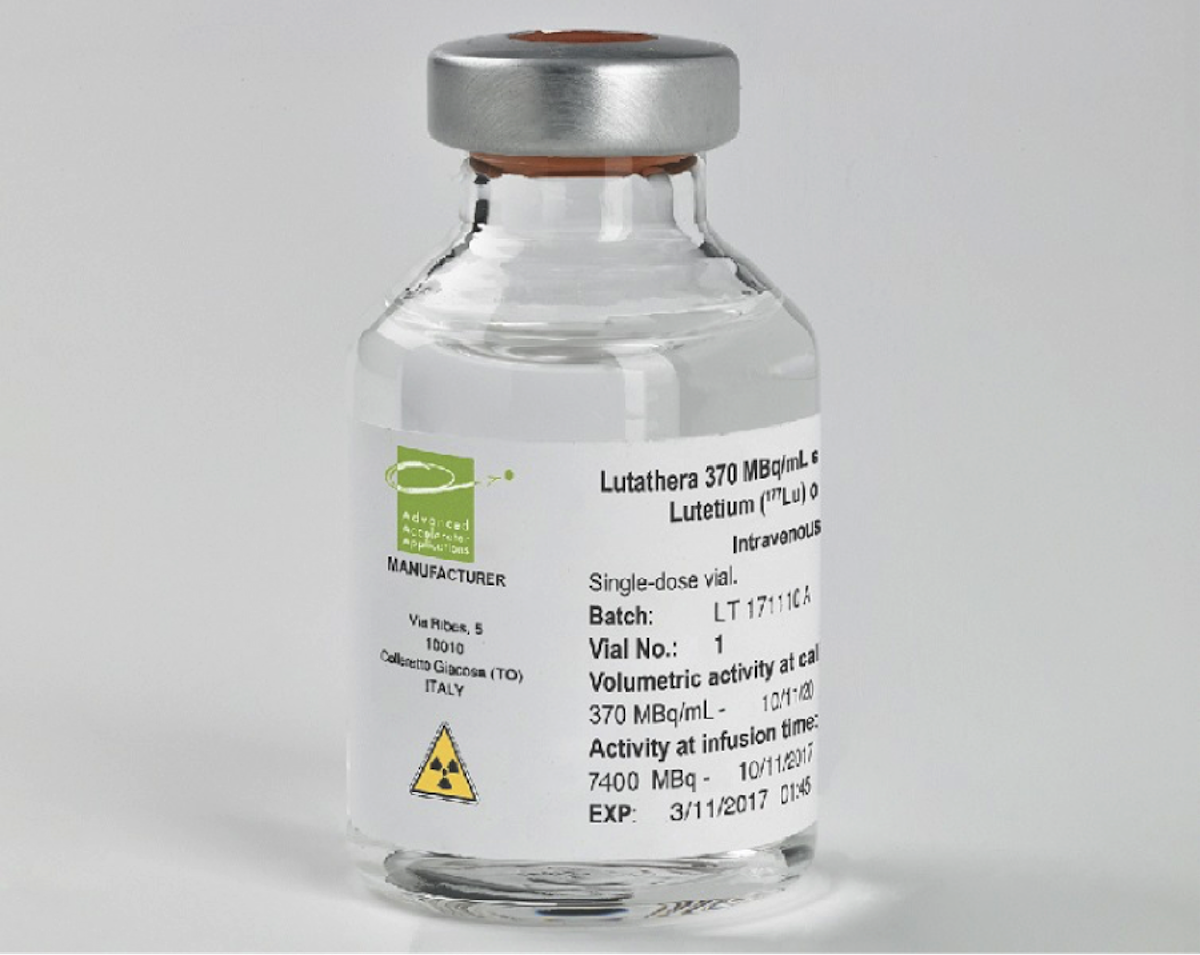Medical therapies use drugs or other substances to kill cancer cells or slow their growth. These are called systemic therapies, because the medications travel throughout the body via the bloodstream to find and attack cancer cells.
Your personalized treatment plan, based on your cancer’s type, stage and other characteristics specific to your tumor, may include one or more of the following approaches.
- Chemotherapy kills cancer cells by interrupting and preventing rapidly dividing cells (like cancer cells) from growing and multiplying. Unfortunately, other rapidly dividing cells in the body, such as those in the hair follicles and digestive tract, may also be harmed and cause side effects such as nausea and hair loss.
- Targeted therapy fights cancer by interfering with specific molecules that contribute to the growth, spread and progression of cancer. These molecular targets, found only in cancer cells and not in healthy ones, may be a hormone, protein, a receptor on the cancer cell, or specific mutant form of a protein. Some targeted therapies inhibit the tumor’s ability to generate the new blood vessels necessary to feed it, thereby diminishing the cancer cell’s nutrient supply. Because these therapies are able to home in on only the cancer cells, they tend to present fewer side effects than chemotherapy.
- Immunotherapy is a new class of cancer treatment that uses substances to harness the innate power of your own immune system to fight cancer. Cancer is able to develop and grow in part because the cancer cells have adapted so they can hide from the immune system. Some immunotherapies can mark the cancer cells, unmasking them and triggering the body’s immune response. Other therapies boost the immune system to work better against the cancer by engineering or multiplying the body’s natural fighting cells, like T-cells.
- Somatostatin analogs are drugs that are similar to the hormone somatostatin, which regulates the release of other hormones in the body. These drugs can help decrease the over-production of hormones by the neuroendocrine tumor and slow tumor growth. Somatostatin analogs are typically given by injection.
- Peptide Receptor Radionuclide Therapy (PRRT) is a theranostic approach that uses a radiopharmaceutical drug, Lutetium lu 177-dotatate, which contains a radioactive substance that gives off radiation. When the drug is injected, it targets the cells’ somatostatin receptors, delivering the radiation directly to those cells.
Theranostics — a new frontier in cancer treatment
This promising approach — using new radiopharmaceuticals to target cancer cells and deliver radiation directly to the cell — is a rapidly growing field called Theranostics. Roswell Park is at the forefront of this work and has offered Theranostic treatments to patients for years for the treatment of certain neuroendocrine and adrenal tumors.

